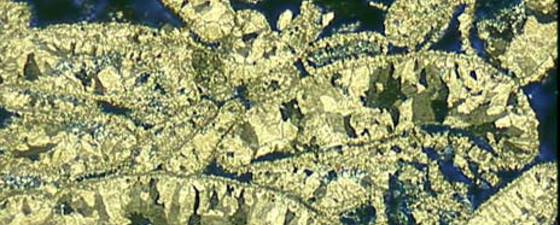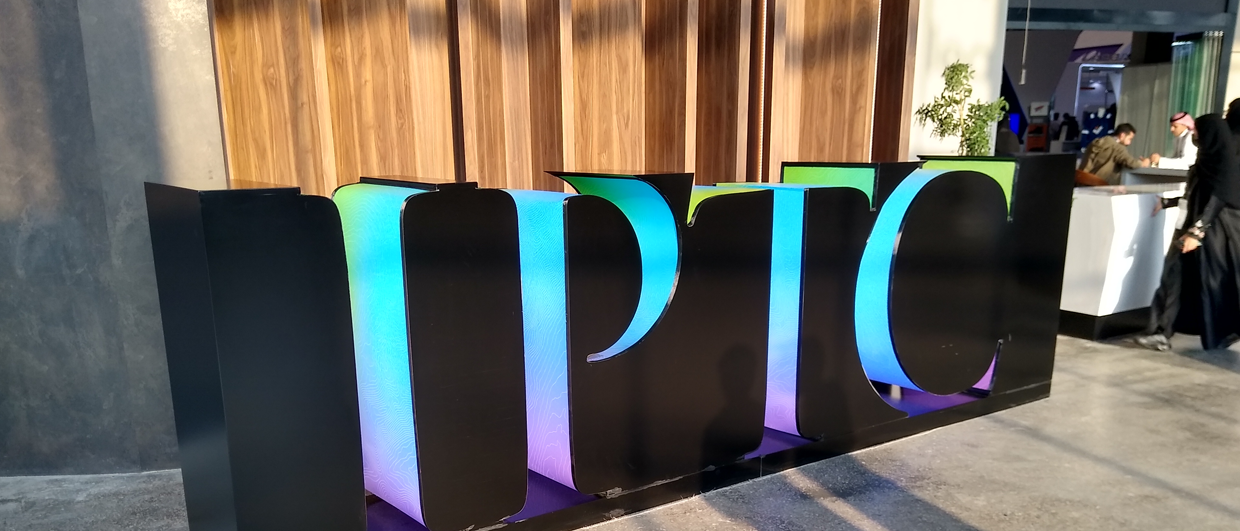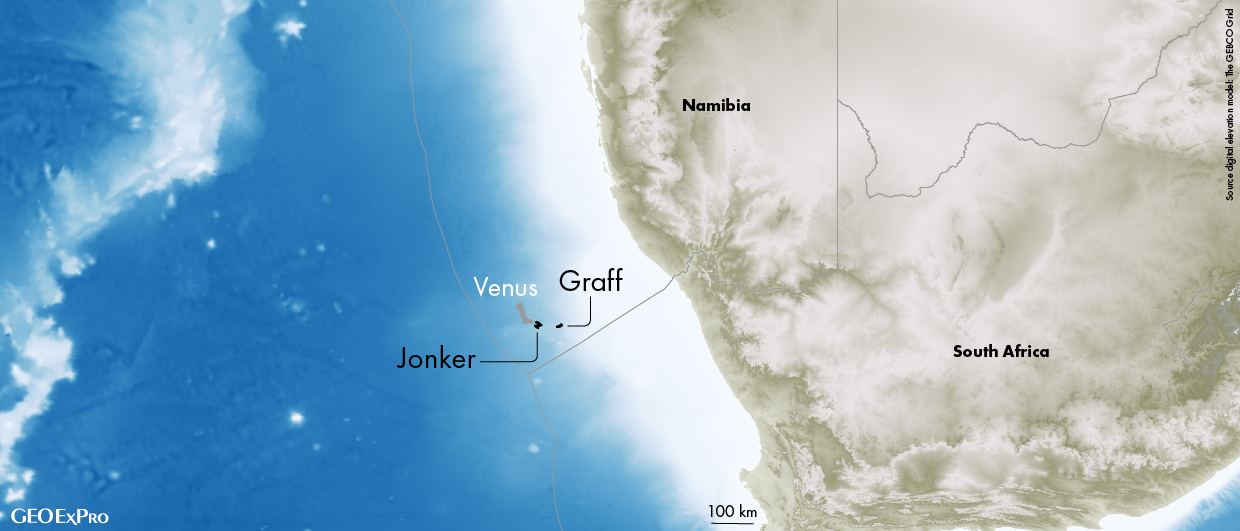There are two types of new exploration targets: Conventional clastic and carbonate reservoirs with strong diagenesis, located in deeper, depositional or tectonically-complex new frontiers or unconventional plays, such as tight sands, gas-shales and coalbed methane. In spite of the spectacular advances in the acquisition, processing and interpretation of seismic and log data, the risks involved in the exploration of these new prospects using these conventional tools are huge. 3-D and 4-D models incorporating sophisticated structural, thermal, generation, and migration histories have helped to reduce exploration risks in new and unconventional settings however, they simply lack information on an essential part of petroleum systems: the reservoir.
The conventional approach for dealing with the reservoir rocks through the indirect evidence of texture and composition provided by the logs, with occasional help from simplified petrographic descriptions of core or sidewall samples, is simply not adequate for complex and unconventional reservoirs.


Using effective petrography to solve complex reservoirs
The increasingly sophisticated petrologic studies of reservoirs and associated rocks incorporate, among other techniques, analyses of major and trace chemical elements through electron and ionic microprobes, stable and radiogenic isotopes, fluid inclusions and mineralogical analyses through X-ray diffraction and electron microscopy. However, the affectivity of these advanced methods depends on systematic petrographic studies through optical microscopy of the depositional structures, textures and composition, and of the diagenetic products and evolution of these rocks. The importance of petrographic studies for the characterization and modeling of complex reservoirs can be appreciated from three different cases illustrated in the following photos.
Empowering Knowledge
The deep sub-salt reservoirs off the Brazil coast are very complex and intensely affected by diagenetic processes after deposition, which genetic conditions and relationships with facies and primary compositional controls are yet to be understood. Systematic reservoir quality prediction studies considering petrologic, geochemical and stratigraphic aspects and the integration of advanced petrographic characterization with log analysis, petrophysics, and seismics will be of key importance for the assessment of risks during the exploration of these and other complex reservoirs.
Petroledge®, a new generation of software, was developed by the researchers at Endeeper to perform detailed petrographic descriptions and interpretations in a systematic workflow, and to store and process the petrographic information within a relational database. This software allows the easy acquisition and retrieval of petrographic information and its integration with other applications, such as 3-D reservoir modeling and flow simulation software.
We are entering many new frontiers in exploration and production. The incorporation of petrographic characterization into robust, realistic reservoir quality models is one more tool that will result in substantial increase in the exploration success and production recovery from complex reservoirs.
The Authors
 Mara Abel is a professor in Knowledge Engineering at the Institute of Informatics of UFRGS and Technical Manager of Endeeper.
Mara Abel is a professor in Knowledge Engineering at the Institute of Informatics of UFRGS and Technical Manager of Endeeper. Luiz Fernando De Ros is professor of Sedimentary Petrology at the Institute of Geosciences, UFRGS and a researcher at Endeeper Reservoir Knowledge Systems.
Luiz Fernando De Ros is professor of Sedimentary Petrology at the Institute of Geosciences, UFRGS and a researcher at Endeeper Reservoir Knowledge Systems. Karin Goldberg is a researcher of Sedimentary Petrology in the Petroleum Geology Program of the Institute of Geosciences at the Federal University of Rio Grande do Sul.The authors are experts in Petrology and knowledge systems. Their work with Petrobras and other companies have led to the development of an intelligent database system that allows the integration of petrographic studies into reservoir models, as explained in the last section of this article.
Karin Goldberg is a researcher of Sedimentary Petrology in the Petroleum Geology Program of the Institute of Geosciences at the Federal University of Rio Grande do Sul.The authors are experts in Petrology and knowledge systems. Their work with Petrobras and other companies have led to the development of an intelligent database system that allows the integration of petrographic studies into reservoir models, as explained in the last section of this article.





